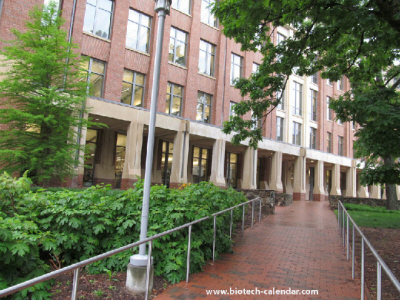“Despite the clinical success of antiretroviral therapy (ART), more people contract human immunodeficiency virus (HIV) infection daily than initiate ART,” states the NIH RePORTER abstract for a new study receiving funding from the NIH. “The difficulties of lifelong ART - particularly in the developing world - make the eradication of HIV imperative. But clearance of a retroviral infection for patients on ART is a herculean task. While much is known about HIV persistence despite ART, many puzzles remain. New tools to address latent infection must replace the paradigms and models used to develop ART.”
Researchers at the University of North Carolina at Chapel Hill recently received $8.5 million in life science funding from the NIH. The project will be led by Dr. David Margolis and received its funding award on July 26th, 2013. The NIH RePORTER provides more insight into the goals of this NIH-funded UNC study:
“To maximize success, we will work across four areas of research to develop the infrastructure and systems needed to define eradication therapies, identify new molecules with therapeutic potential and provide a proof-of-concept for a small molecule based eradication strategy in animal models. Objective 1 will identify the molecular mechanisms underlying viral persistence and latency; Objective 2 will identify drug candidates and therapeutic strategies to reduce the latent viral pool; Objective 3 will establish informative animal model systems to evaluate latency and test therapeutic strategies; and finally. Objective 4 will perform studies in humans to delineate the basis for viral persistence.”

University of North Carolina at Chapel Hill
The University of North Carolina is a well-funded market for lab suppliers interested in marketing lab products to researchers with available life science funding. In 2012, the NIH gave the University of North Carolina $377.6 million in life science research funding. In addition to receiving NIH funding, the university also received $38.8 million in life science funding from the NSF in 2012. More NIH and NSF funding statistics, including funding broken down by department, number of awards received and total funding awarded as well as specific projects receiving life science research funding, can be found on the NIH and NSF websites.
If you are a lab supplier interested in working to sell lab products to researchers, purchasing agents and lab managers with available life science research funding at University of North Carolina at Chapel Hill life science events, Biotechnology Calendar, Inc. invites you to attend our Chapel Hill BioResearch Product Faire™ Event on May 7th, 2014. In 2012, the Chapel Hill BioResearch Product Faire™ Event attracted 87 attendees. Of these visitors, 37 were purchasing agents, professors and post docs, and 15 were lab managers. The attendees came from 14 different research buildings and 25 departments around campus.
Biotechnology Calendar, Inc. is a full-service science research marketing and events-planning company that organizes life science events at top research institutions across the country. If you are interested in marketing life science products to researchers with available life science funding at life science events closer to home, we encourage you to view our 2014 calendar of events. For more detailed funding statistics on the University of North Carolina at Chapel Hill, or to learn more about the Chapel Hill BioResearch Product Faire™ Event, click on the button below.


